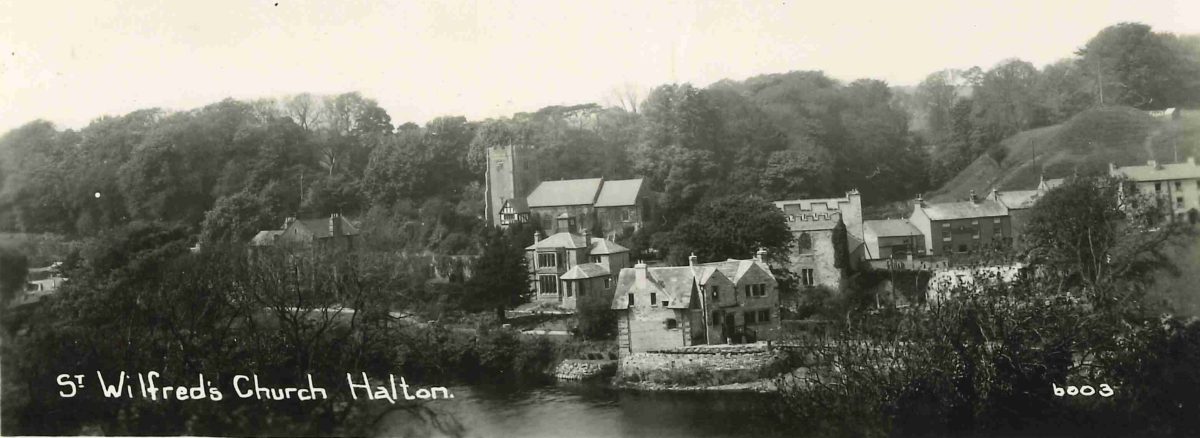Like so many names in this area, Halton was first mentioned in the Domesday Book. The name has not changed as it was recorded as ‘Haltune’.
The ‘hal’ part comes from the Old English ‘halh’ for ‘nook’, ‘valley’ or ‘hollow’ but might also be ‘low lying land liable to flooding’. As previously mentioned, the ‘tun’ means a significant settlement such as an estate or village, possibly with an administrative function. So, Halton is the larger settlement in the valley. In this case the administrative function is almost certain.
Halton was an important place in the medieval period. Halton parish was rich enough to only have one township and there is religious stonework dating from the late 700s onwards. It has been suggested that it acted as an early baptism centre before the Viking period.
At the time of the Norman Conquest in 1066 Halton was an important manor of Tostig, the Northumbrian Earl. After the Conquest a motte and bailey castle was built there, helping to guard the crossing over the Lune.
The photo shows a view across the river to the church with the castle motte to the right.


